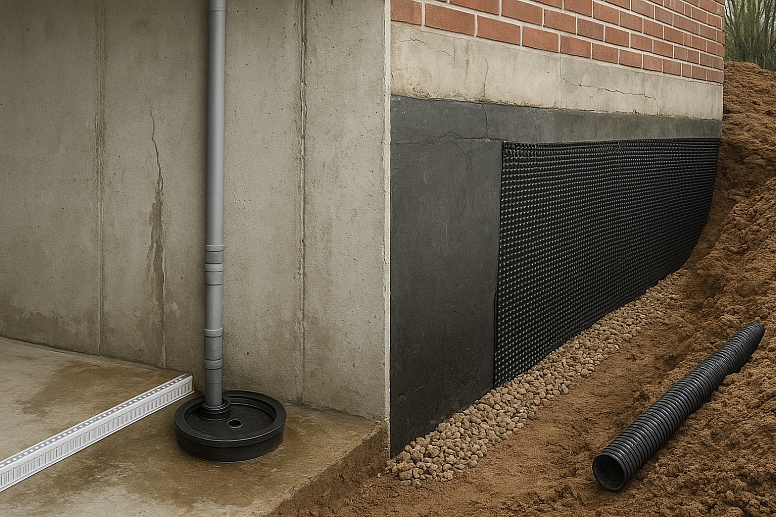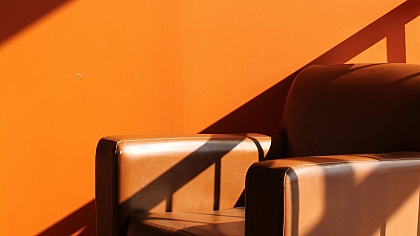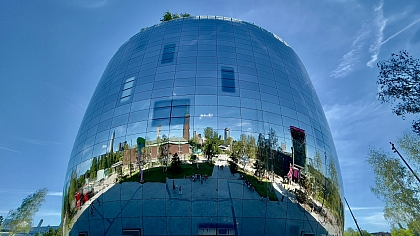
Should I Waterproof My Basement from the Inside or Outside
Water in your basement can lead to serious structural problems, mold growth, and a drop in your home’s value. When it comes to protecting your foundation, homeowners often ask: Should I waterproof my basement from the inside or outside? The answer depends on your specific situation, budget, and the source of the moisture problem. Let’s look at how each method works and when it’s best to use them.
Interior Basement Waterproofing
Interior waterproofing focuses on controlling water that has already made its way inside your basement. This approach typically involves sealing cracks, installing an interior drainage system (such as a French drain), and adding a sump pump to move water away from your home.
Benefits of interior waterproofing include:
- Cost-effectiveness: It’s generally less expensive than exterior methods.
- Minimal disruption: The work is done inside your basement, so there’s no need to dig up landscaping or driveways.
- Fast results: Interior systems can often be installed in just a few days.
Interior waterproofing is a great option if your home experiences occasional seepage, wall dampness, or minor foundation cracks. It also helps manage water from condensation and hydrostatic pressure pushing moisture through basement walls or floors.
However, it doesn’t stop water from reaching your foundation walls—it just manages it after it’s entered. That means if you have significant exterior drainage issues or foundation damage, you may need a more comprehensive approach.
Exterior Basement Waterproofing

Exterior waterproofing, on the other hand, aims to prevent water from getting into your basement in the first place. This process involves excavating around the home’s foundation, repairing any cracks, applying a waterproof membrane, and installing an exterior drainage system to divert water away.
Benefits of exterior waterproofing include:
- Stops water at the source: It protects the foundation walls directly.
- Prevents long-term damage: Reduces risks of structural weakening and erosion.
- Comprehensive protection: Ideal for homes in areas with high groundwater or heavy rainfall.
The main drawback of exterior waterproofing is the cost and disruption. Excavating around your foundation can be time-consuming and may temporarily disturb your landscaping. But for severe water infiltration or ongoing foundation issues, it’s often the most effective long-term solution.
Which Option Is Right for You?
The best choice depends on the nature and severity of your basement’s water problem.
- Choose interior waterproofing if you’re dealing with minor leaks, dampness, or occasional water seepage.
- Choose exterior waterproofing if you have recurring flooding, significant cracks, or poor drainage around your foundation.
In many cases, combining both methods provides the most durable protection—keeping your basement dry and your home structurally sound year-round.
If you’re unsure which solution fits your situation, it’s best to consult a local expert. For professional guidance and reliable service in your area, reach out to specialists in Bedford, IN basement waterproofing who can assess your home and recommend the most effective waterproofing plan for lasting peace of mind.










